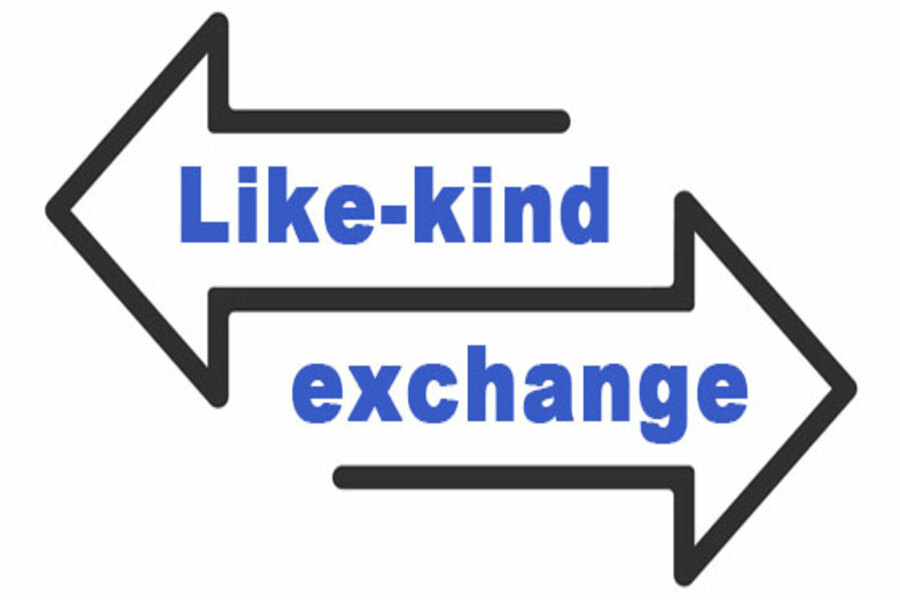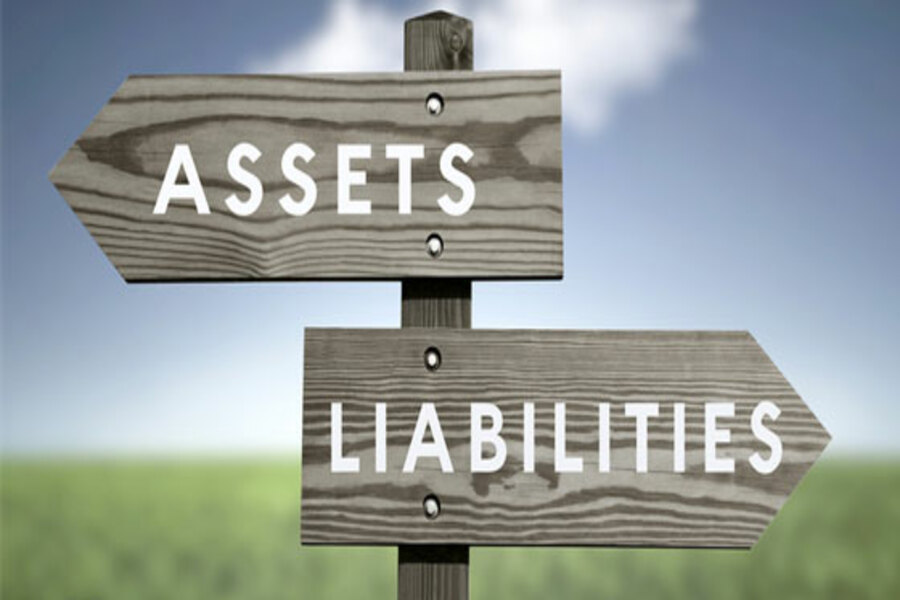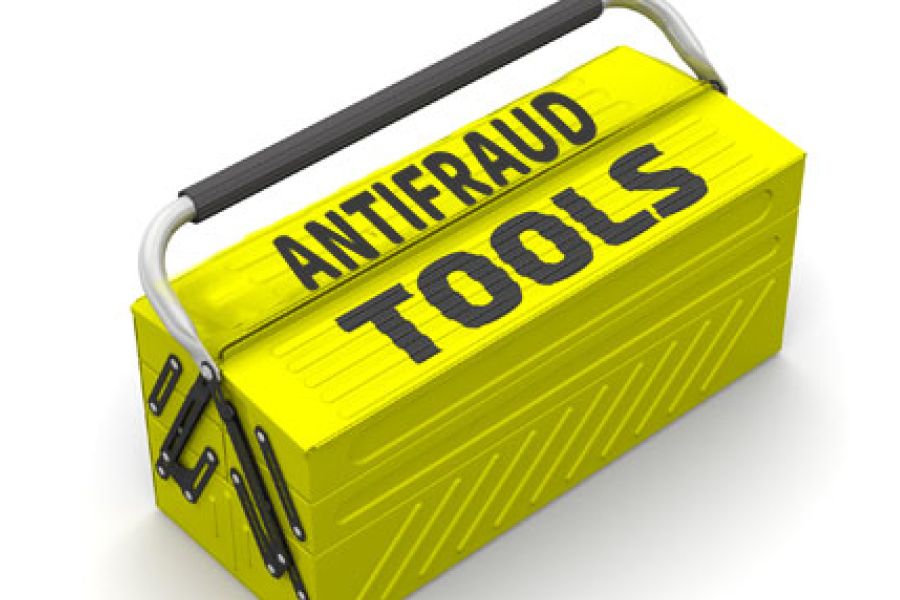A business or individual might be able to dispose of appreciated real property without being taxed on the gain by exchanging it rather than selling it. You can defer tax on your gain through a “like-kind” or Section 1031 exchange. A like-kind exchange is a swap of real property held for investment or for productive use in your trade or business for like-kind investment real property or business real property. For these purposes, “like-kind” is very broadly defined, and most real property is considered to be like-kind with other real property. However, neither the relinquished property nor the replacement property can be real property held primarily for sale. If you’re unsure whether the property involved in your exchange is eligible for a like-kind exchange, contact us...

Sadly, many businesses have been forced to shut down recently due to the pandemic and the economy. If this is your situation, we can assist you, including taking care of the various tax responsibilities that must be met. Of course, a business must file a final income tax return and some other related forms for the year it closes its doors. The type of return to be filed depends on the type of business you have. Here’s a rundown of the basic requirements. Sole proprietorships. You’ll need to file the usual Schedule C, “Profit or Loss from Business,” with your individual return for the year you close the business. You may also need to report self-employment tax. Partnerships. A partnership must file Form 1065, “U.S. Return of Partnership...
On 8/16/22, President Biden signed into law the so-called Inflation Reduction Act of 2022 (H.R. 5376). In a statement earlier, the White House said, "President Biden and Congressional Democrats have worked together to deliver a historic legislative achievement that defeats special interests, delivers for American families, and grows the economy from the bottom up and middle out". The White House is also planning an event on 9/6/22 to celebrate the enactment of the bill. The $740 billion Act is projected to raise revenue via a new 15% minimum tax on large, profitable corporations and a 1% excise tax on stock buybacks, to achieve the Democrats goal of using the budget reconciliation measure to reduce the U.S. annual deficit (i.e. not the National Debt) by approximately $300...
Reasonable (or replacement) owners’ compensation can be a hot button during IRS audits, divorces, shareholder disputes and other litigation matters involving the value of a private business. What’s appropriate depends on the facts and circumstances. Applying federal tax guidance The IRS is on the lookout for C corporations that pay employee/shareholders excessive salaries in place of dividends. This tactic lowers the overall taxes paid because salaries are a tax-deductible expense and dividends aren’t. Owners pay income tax on salaries at the personal level, but dividends are subject to double taxation (at the corporate level and at each owner’s personal tax rate). If the IRS decides that a C corp is overpaying owners, it may reclassify part of the owners’ salaries as dividends. For S corporations, the IRS looks...
What happens if two or more individuals in your organization collude to commit fraud? According to the Association of Certified Fraud Examiners’ (ACFE’s) 2022 Report to the Nations, fraud losses rise precipitously. The median loss for a scheme involving just one perpetrator is $57,000, but when two or more perpetrators are involved, the median loss skyrockets to $145,000. When three or more thieves work together, it soars to $219,000. Unfortunately, collusion schemes are common — they make up approximately 58% of all fraud incidents. So these five steps are recommended: Enforce internal controls. Colluding thieves usually either ignore internal controls or take steps to hide noncompliance. For example, a colluding manager might override controls to allow another employee to commit expense reimbursement or payroll fraud. To...
As posted to the Munro Live YouTube Channel on 8/1/2022 (Run Time 49 min, 46 sec) Ford CEO Jim Farley, Linda Zhang (F-150 Chief Nameplate Engineer), and Doug Field (Chief Officer of EVs and Digital Systems) deliver Munro & Associates a Ford F-150 Lightning and sit down for a down-to-earth interview with Sandy Munro to discuss, among other things, urgent changes necessary to avoid a financial calamity in the transition to EVs. (This is Blog Post #1250) Sandy Munro is an automotive engineer who specializes in machine tools and manufacturing. He joined the Ford Motor Company in 1978 and then started his own consulting company, Munro & Associates, which specializes in lean design, tearing down automotive products to study and suggest improvements and innovations....
Excerpt of an article posted to the Memos by Heller House website on 7/27/22 In their book The Innovator's Solution, Clayton Christensen and Michael Raynor cite the example of IBM as a cautionary tale against outsourcing activities that "might seem to be a non-core activity today" but that "might become an absolute critical competence to have mastered in a proprietary way in the future". IBM decided to outsource the microprocessor for its PC business to Intel, and its operating system to Microsoft. IBM made these decisions in the early 1980s in order to focus on what it did best - designing, assembling, and marketing computer systems. In the process of outsourcing what it did not perceive to be core to the new business, IBM put into business the...
The balance sheet — which shows a company’s assets and liabilities — is a logical starting point for valuing certain types of businesses. The cost (or asset) approach specifically focuses on this part of a company’s financial statements. Here’s an overview to help you understand this valuation technique. How does it work? When valuation professionals apply the cost approach, they convert the book values reported on the balance sheet to their respective fair market values. There are three key reasons that book value may not reflect fair market value to a hypothetical buyer or seller: 1. Use of historic cost. Under U.S. Generally Accepted Accounting Principles (GAAP), assets are recorded at historic cost. Over time, historic cost may understate market value for appreciable assets, such as marketable securities...
Fraud risk assessments have been shown to prevent occupational fraud and limit losses for victimized organizations. These tools have become more prevalent in recent years, according to “Occupational Fraud 2022: A Report to the Nations” published by the Association of Certified Fraud Examiners (ACFE). But although almost 50% of businesses perform fraud assessments, many owners and managers may be unaware of the value of these procedures and how the assessment process works. When and why? Fraud risk assessments generally are conducted by internal auditors, either on a standalone basis or as part of a comprehensive enterprise risk management program. You may want to conduct assessments annually or whenever there have been major organizational changes or disruptions. The COVID-19 pandemic, when many businesses closed temporarily and many employees started...
If you’ve recently begun receiving disability income, you may wonder how it’s taxed. The answer is: It depends. The key issue is: Who paid for the benefit? If the income is paid directly to you by your employer, it’s taxable to you just as your ordinary salary would be. (Taxable benefits are also subject to federal income tax withholding. However, depending on the employer’s disability plan, in some cases they aren’t subject to Social Security tax.) Frequently, the payments aren’t made by an employer but by an insurance company under a policy providing disability coverage. In other cases, they’re made under an arrangement having the effect of accident or health insurance. In these cases, the tax treatment depends on who paid for the insurance coverage. If your...
- 1
- 2
- 3
- 4
- 5
- 6
- 7
- 8
- 9
- 10
- 11
- 12
- 13
- 14
- 15
- 16
- 17
- 18
- 19
- 20
- 21
- 22
- 23
- 24
- 25
- 26
- 27
- 28
- 29
- 30
- 31
- 32
- 33
- 34
- 35
- 36
- 37
- 38
- 39
- 40
- 41
- 42
- 43
- 44
- 45
- 46
- 47
- 48
- 49
- 50
- 51
- 52
- 53
- 54
- 55
- 56
- 57
- 58
- 59
- 60
- 61
- 62
- 63
- 64
- 65
- 66
- 67
- 68
- 69
- 70
- 71
- 72
- 73
- 74
- 75
- 76
- 77
- 78
- 79
- 80
- 81
- 82
- 83
- 84
- 85
- 86
- 87
- 88
- 89
- 90
- 91
- 92
- 93
- 94
- 95
- 96
- 97
- 98
- 99
- 100
- 101
- 102
- 103
- 104
- 105
- 106
- 107
- 108
- 109
- 110
- 111
- 112
- 113
- 114
- 115
- 116
- 117
- 118
- 119
- 120
- 121
- 122
- 123
- 124
- 125
- 126
- 127
- 128
- 129
- 130
- 131
- 132
- 133
- 134
- 135
- 136











